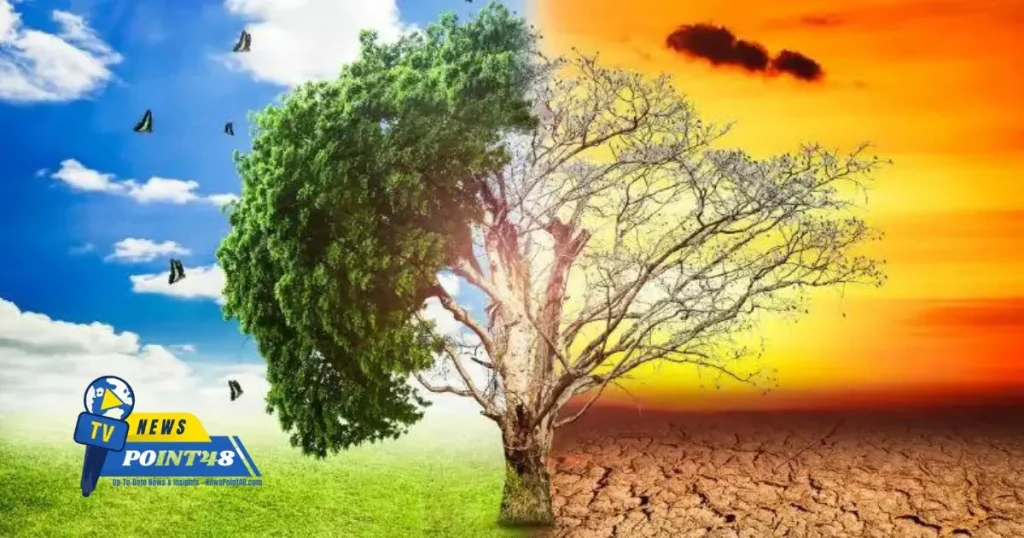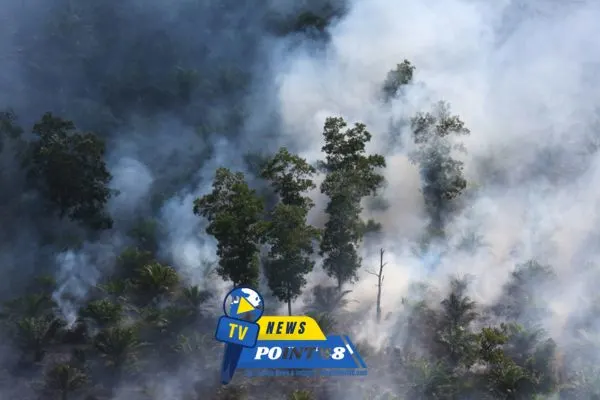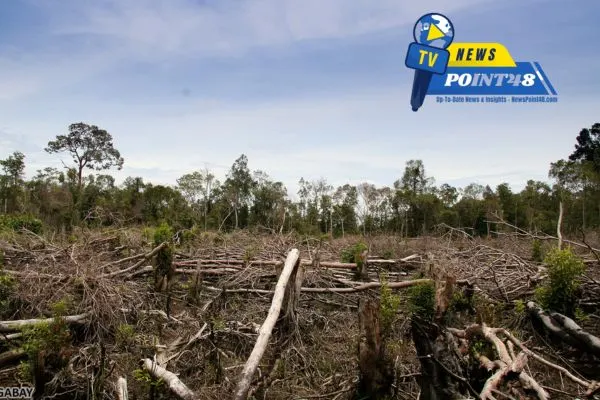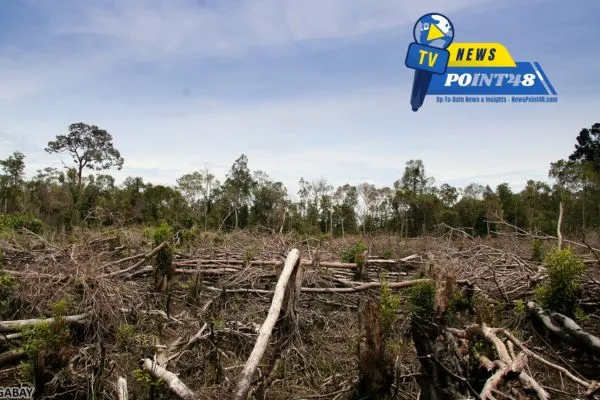
Known as the lungs of the Earth, the tropical forests face a new and surprising menace—ozone pollution. Climate change and deforestation have long been factors undermining these ecosystems, but recent research shows that it is the hot growing medium of ozone that hinders the development of tropical forests. This kind of pollution, usually associated with automobile and factory emissions, could prove to be catastrophic in the struggle against climate change as well as the destruction of biological diversity across the globe.
What is Ozone Pollution?
Ozone is a surface-level pollutant containing nitrogen and forming under sunshine as a byproduct of the photochemical reactions of such pollutants as NOx and VOCs that are produced by vehicles, factories, and power stations. At high altitudes above sea level, there exists what is popularly known as ozone, which protects the earth from harmful rays and is located in the atmosphere. This is different and surface ozone is a toxic air contaminant that causes cellular damage to plants and interferes with photosynthesis, the process whereby plants use light energy to produce food.
Effects of Ozone Pollution in the Context of the Tropical Forests Climate Policy

The role of tropical forests in carbon dioxide management is of great importance, especially in fighting climate change as they absorb carbon dioxide (CO2) from the atmosphere. However, the growth and CO2 absorption potential of these plants are seriously affected by the effects of ozone pollution. These kinds of environmentalpollutants induce oxidative stress on the plants which diminishes their capacity to grow and photosynthesize. Consequently, the sinks provided by forests are failing in their intended purpose over time; that is, reducing the carbon dioxide levels in the atmosphere.
Moreover, ozone pollution has decreased tropical forest growth by 30% in urban areas according to new research from [insert research institute]. This is worrying, especially for tropical forests, which are some of the splendorous places with high biological diversity on earth, and their health is intertwined only with environmental stability at the global level.
How Ozone Pollution Relates to Climate Change
It is known that ozone pollution is not favorable in many urban environments mainly due to the haze and would usually picture a city smog, however, the ozone depletion in focus also poses risks to the tropics adding pressure to ozone depletion. If the tropical forests are inefficient in growing, then they will not be able to take up sufficient amounts of carbon which aggravates climate change. On this point, these forests that have dwarf trees will suffer more from climate change such as droughts forest fires, and even pest outbreaks.
According to a study in [insert source], without immediate measures, ozone pollution is likely to limit the ability of tropical forests to absorb carbon by 20% by 2050. This would be devastating in terms of humanity’s ability to manage carbon and keep temperatures from rising more than 1.5C.
Global Hotspots: Where Tropical Forests Are Most Affected
Ozone pollution is known to damage forests in all parts of the globe; however, there are areas, i.e.anaques-ozone pollution ozone, and urbanizations, that carry the highest threats. Countries in Southeast Asia, parts of Africa, and South America have reported rising levels of Ozone pollution leading to the destruction of their tropical rainforests.
Some of the most affected areas include:

Amazon Rainforest:The Amazon gets the footage in its baleful statistics, being the second most deforested, still largely untouched forest on the globe. The ozone layer depletion then adds a potential danger in the thin rainforest left over.
Southeast Asia: The rapid industrial activities have led to the employment of fossil fuels creating higher levels of ozone in the atmosphere in countries such as Indonesia and Malaysia.
Central Africa: There are similar sites in the Congo Basin where forest reproduction is decreased due to the intrusion of ozone gas into the atmosphere.
Biodiversity at Risk Other
The depletion of forest growth has a similar dangerous effect on biodiversity. More than 50% of plant and animal life found in tropical forests is already endangered. Pollution by ozone can cause stunting of trees, thus affecting the entire ecosystem negatively. There is less food and shelter for wildlife leading to a decline in animal population and therefore loss of species diversity.
If ozone pollution is not controlled ends, researchers believe that the problems of biodiversity in tropical regions will be exacerbated thereby having interactive effects across the ecosystem.
Solutions: Measures to Manage Ozone Pollution
The problem of ozone pollution calls for concerted efforts by the entire world to be able to mitigate it. Some major approaches include:

Reinforced Emission Limits: Stricter action must be taken by the governments for industries as well as vehicles to reduce emissions of both NOx and VOCs which had spurred upon the ozone.
Clean Energy Resources: The pollution sources of ozone could be markedly decreased when naturally clean energy sources are utilized.
Public Awareness Campaigns: Collective awareness approaches may also be effective in reducing ozone-depleting activities through the reduction of pollution by vehicles and using or supporting clean energy.
Reforestation Project: Certain steps like preserving the already existing forests and reforesting the areas that are cut down will be a good way to ensure that tropical ecosystems can recover from any pollution and other dangers.
Ozone pollution is a new crisis for the growth of tropical forests as it threatens forests directly and diminishes their ability to fight the climate crisis in the future. There is widespread ozone formation caused by industrial pollution which implies that the world is on the verge of cataclysm, thus it has to take global measures to control the destruction of these very important ecosystems. In the absence of urgent action, the expansion of growth of the tropical forests will stop which will compromise one of the functional ecological processes which help to mitigate climate change and other threats.
For eco story updates, you can follow newspoint48.
